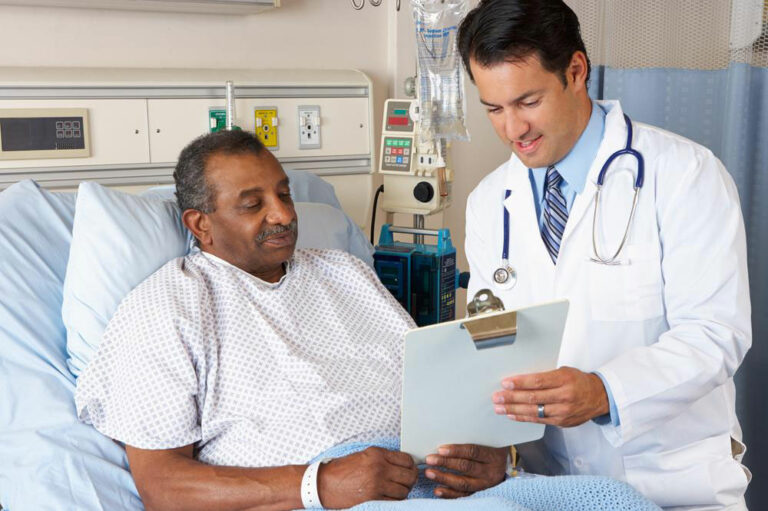
8 breakfast options to reduce arthritis inflammation
Living with arthritis can be challenging. The pain and discomfort induced by inflammation can cause a lot of hindrance in daily activities. However, eating a meal plan rich in anti-inflammatory foods can significantly help manage symptoms. And the best way to start is with the most important meal of the day, i.e., breakfast! Eating the right combination of foods for breakfast can make a big difference in managing inflammation and promoting overall joint health. So here is a list of breakfast options specially designed to help combat arthritis inflammation and start the day on a positive note: 1. Fruits with yogurt One of the best ways to start the day is with a refreshing and inflammation-fighting combination of fresh fruits and yogurt. Greek yogurt is high in protein, omega-3 fats, which help fight inflammation, and probiotics, which promote good digestion. To make this satiating and wholesome, combine the Greek yogurt with fresh fruits like berries. Blueberries, strawberries, and raspberries taste excellent with yogurt and are rich in antioxidants, which aid in reducing inflammatory symptoms. Yogurt can also be paired with fresh pineapples, which contain anti-inflammatory properties. Moreover, since these fruits and berries are naturally sweet, adding artificial sweeteners can be avoided.
Read More 










